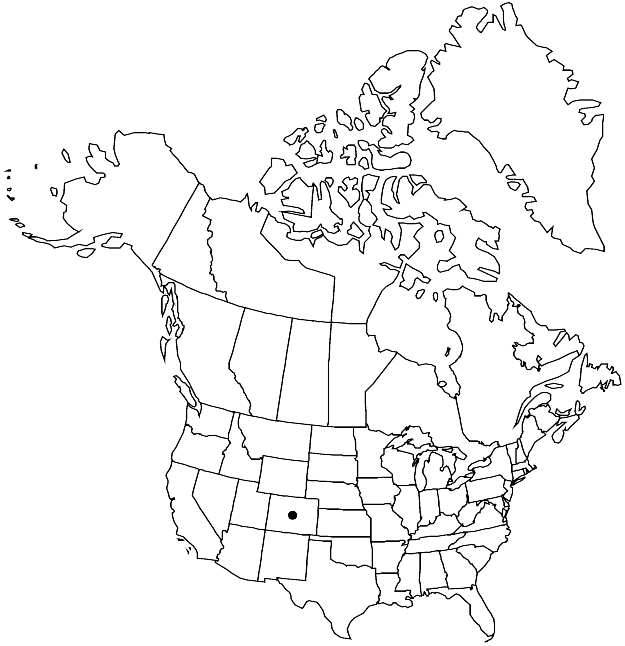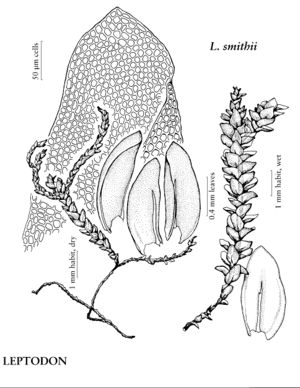Difference between revisions of "Leptodon smithii"
Index Mus. Pl. Crypt., [ 3]. 1803.
FNA>Volume Importer |
FNA>Volume Importer |
||
| Line 9: | Line 9: | ||
|special_status={{Treatment/ID/Special_status | |special_status={{Treatment/ID/Special_status | ||
|code=F | |code=F | ||
| − | |label= | + | |label=Illustrated |
}} | }} | ||
|basionyms={{Treatment/ID/Basionym | |basionyms={{Treatment/ID/Basionym | ||
|name=Hypnum smithii | |name=Hypnum smithii | ||
|authority=Hedwig | |authority=Hedwig | ||
| + | |rank=species | ||
|publication_title=Sp. Musc. Frond., | |publication_title=Sp. Musc. Frond., | ||
|publication_place=264, plate 68, figs. 5 – 7. 1801 | |publication_place=264, plate 68, figs. 5 – 7. 1801 | ||
| Line 43: | Line 44: | ||
-->{{#Taxon: | -->{{#Taxon: | ||
name=Leptodon smithii | name=Leptodon smithii | ||
| − | |||
|authority=(Hedwig) F. Weber & D. Mohr | |authority=(Hedwig) F. Weber & D. Mohr | ||
|rank=species | |rank=species | ||
| Line 56: | Line 56: | ||
|publication title=Index Mus. Pl. Crypt., [ | |publication title=Index Mus. Pl. Crypt., [ | ||
|publication year=1803 | |publication year=1803 | ||
| − | |special status= | + | |special status=Illustrated |
| − | |source xml=https://jpend@bitbucket.org/aafc-mbb/fna-data-curation.git/src/ | + | |source xml=https://jpend@bitbucket.org/aafc-mbb/fna-data-curation.git/src/f50eec43f223ca0e34566be0b046453a0960e173/coarse_grained_fna_xml/V28/V28_984.xml |
|genus=Leptodon | |genus=Leptodon | ||
|species=Leptodon smithii | |species=Leptodon smithii | ||
Revision as of 21:19, 16 December 2019
Secondary stems not circinate. Stem and branch leaves 0.5–1 × 0.3–0.7 mm; base decurrent; medial laminal cells 8–12 × 6–12 µm. Inflorescences and sporophytes unknown.
Habitat: Epiphytic on rock
Elevation: high elevations
Distribution

Colo., South America, Eurasia, Africa, Pacific Islands (New Zealand), Australia.
Discussion
Leptodon smithii in North America is known from a single locality in Jefferson County, collected by Nelson in 1971, and subsequently recollected in 1972 (P. P. Nelson 1973). The absence of inflorescences, weakly developed circinate stems, infrequent and 1-seriate paraphyllia, decurrent leaves, and broadly acute leaf apices question the assignment of the Colorado material to L. smithii. However, many of these tendencies can be found in specimens of L. smithii from Chile, and the lack of inflorescences in the Colorado material may indicate that these are immature plants. Alternatively, the Colorado material may be male plants of L. smithii that are more slender in habit than female plants (Nelson).
